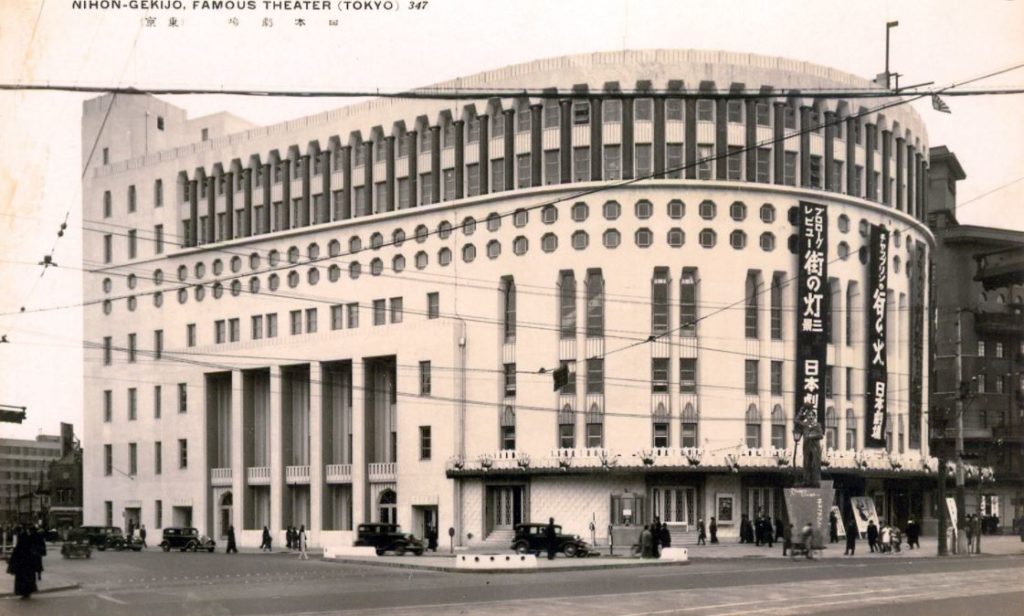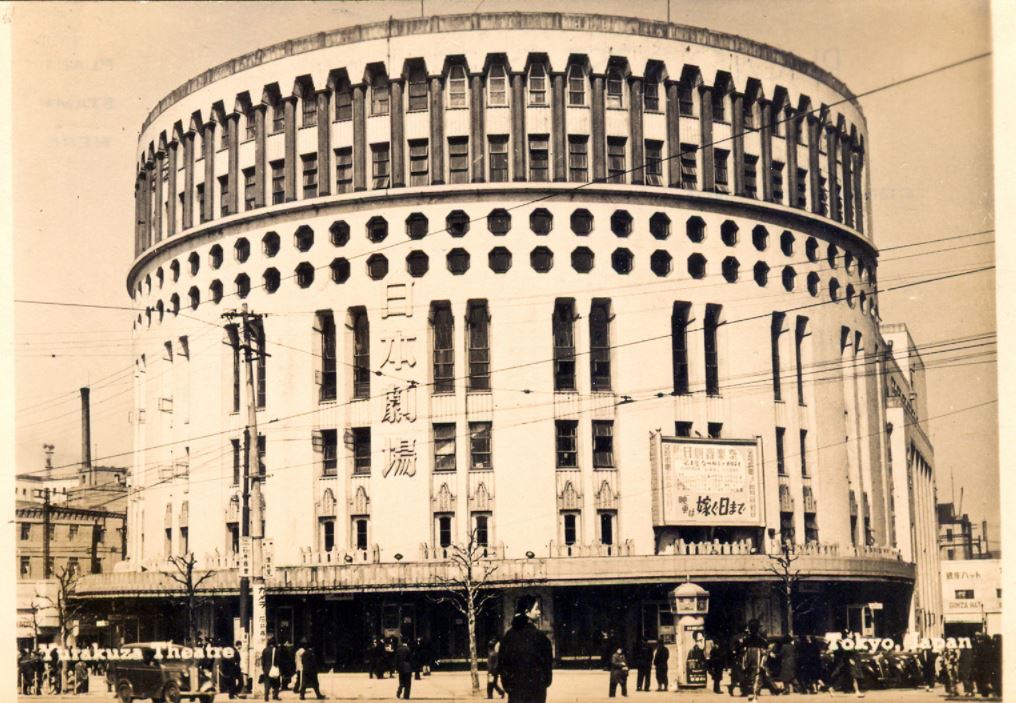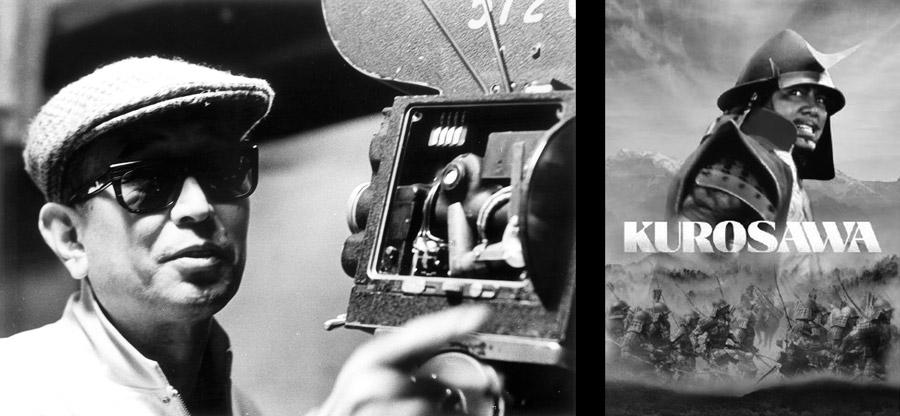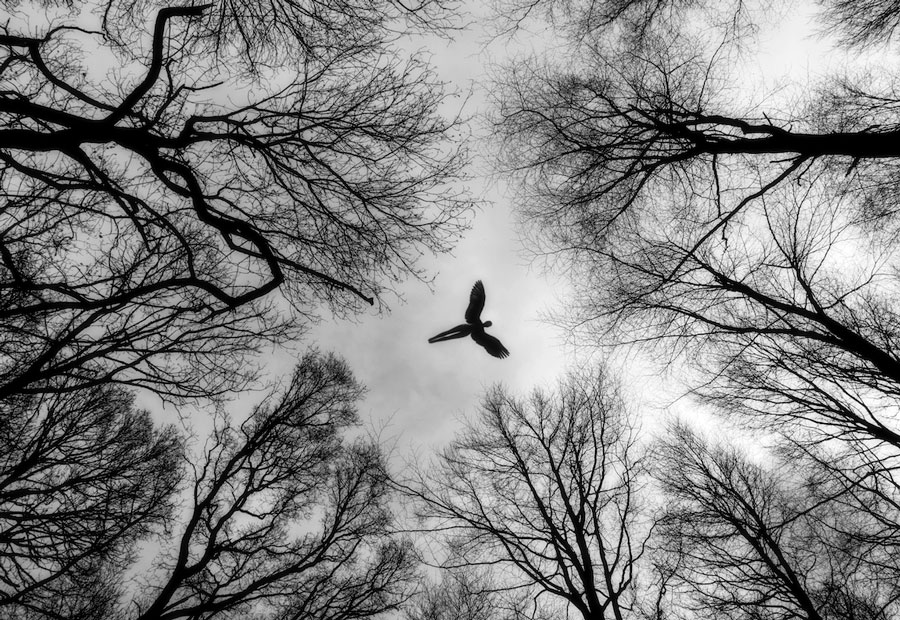Japan has a storied film history. Not only has it been around for over 100 years, but it has been a huge influence on filmmaking as a whole. Japanese cinema has produced a handful of movies that, up until this day, are recognized as top films of all time by many media outlets. This two-decade-long period which started from the 1950s introduced fresh techniques and methods not yet seen in the motion picture scene at the time. At the forefront of this movement were brilliant minds from Japan who’ve even managed to influence today’s top directors. Today we explore the Golden Age of Japanese cinema:
The Birth of Japanese Cinema
The roots of Japanese filmmaking were established through the release of a short documentary entitled Geisha no Teodori in the year 1899. At the time, filmmaking as a whole was part of what was known as the “Silent Era”. In this era, contraptions that took multiple pictures in a sequence that gave the illusion that subjects were moving. The caveat was that pictures did not create the sound that we know films have now. In the west, photocards which showed dialogue were instead used to paint a picture and have audiences understand the context of the situation and dialogue of characters.
What made Japanese silent era films unique, though, was the employment of what was known as Benshi. Akin to sports commentators, these are people who were employed by Japanese theatres at the time to explain the story and narrate exactly what was happening. Almost like a tour guide, these people would give a brief history of what was going on at the time, complete with musical accompaniment in the background. Unfortunately, the events of World War 2 wiped out any video documentation of this, so all we have are stories and verbal accounts of how early Japanese cinema was.
The Golden Age of Japanese Cinema
Approaching the 1920s, a new wave and era of filmmaking was realized, coming from the first touted “master” of Japanese Cinema: Kenji Mizoguchi. His early works sparked what is now known as the Golden Age of Japanese Cinema, with his disposition towards the use of long takes and highly aesthetical camera movement in scenes. His unique use of mise en scène, which refers simply to the arrangement of all the elements shown during a film take, was unique and something that was not seen in Japanese filmmaking before.
The reason it was also called the Golden Age was because prior to when this kind of filmmaking existed, there were still too many leftover vibes of Kabuki theatre, which was heavily exaggerated and not very “artistic” in its story-telling, in the past. Mizoguchi, on the other hand, brought not only modern storytelling, but cinematic techniques to the table. His notable award-winning works include The 47 Ronin, The Story of the Last Chrysanthemums, The Life of Oharu, and Ugetsu.
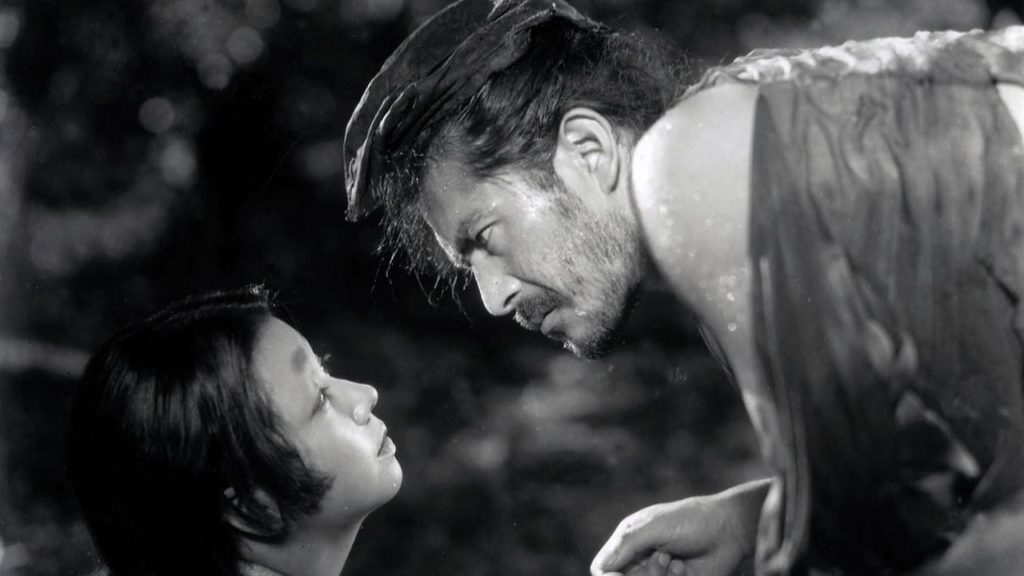
Rashomon (1950)
The second master of Japanese Cinema, who also made his mark during the Golden Age of Japanese cinema, was Akira Kurosawa. Cinema in Japan around this time had a lot of propaganda-driven messages, as at this time, films shown were used to show its people of the greatness of the Japanese empire. For example, Hawai Mare oki Kaisen depicted the attack of the Japanese on Pearl Harbor, which was, at the time, a controversially proud moment for the Japanese people.
Akira Kurosawa, himself, created a film entitled, Akatsuki no Dasso, which actually discussed the concept of comfort women. Comfort women are a very taboo topic to discuss in society today, and even more so right after the fallout of the war.
As a result of the events of World War 2 though, the kind of films that were being shown were changed. The American occupation led to a policy where all films shown to the public had to be approved by a foreign body. This is where Akira Kurosawa hit his stride and sparked the Golden Era.
Kurosawa & Ozu
Akira Kurosawa
Kurosawa released Academy Award winning classic after classic with Rashomon, Seven Samurai, Throne of Blood, Ikiru, I Live in Fear, Yojimbo, and many, many more. His popularity was on a worldwide scale, as High-profile directors such as Stanley Kubrick, Roman Polanski, George Lucas, and even Steven Spielberg have nothing but respect and admiration for him. They’d even go as far to say he was a major influence for them and many others. Being a truly gifted individual, his involvement in all aspects in the production of his films led to their success. He was a switchblade of sorts; part of the different processes in the making of his films, whether it be in their screenwriting, scriptwriting, and of course videography.
Yasujirō Ozu
Bringing yet another new creative process to the table, Yasujiro Ozu was another heavyweight in the filmmaking period during the Golden Era. His storytelling style in particular was unique, being one not seen at the time. For example, instead of using over the shoulder shots during a dialogue between two people, he would place the shot at the center of the two, placing the viewer in the middle of the conversation. He was able to also capture the emotions of the actions in ways that other films had not with his signature style of framing, placing the viewer in the middle of scenes, eye level with the actors in the film.
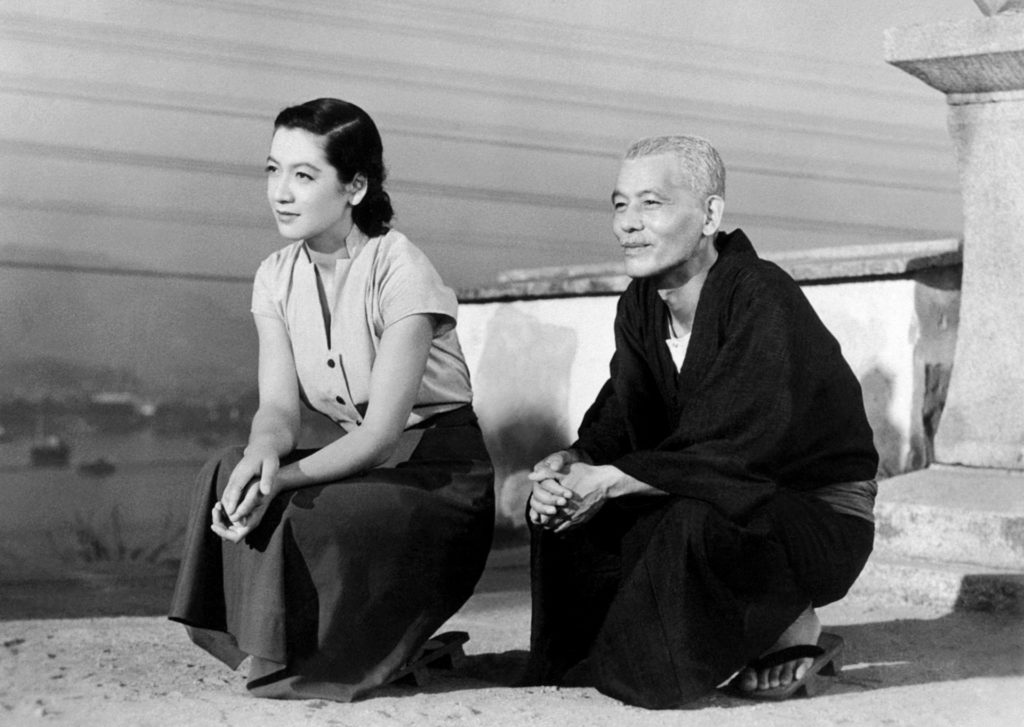
Tokyo Story (1953)
His masterpiece, and maybe the most iconic film during the golden era was the critically acclaimed movie Tokyo Story. This movie was the pinnacle of his overall style, and on top of this, the master element of minimalism. Having been released in November of 1953, this was the film that put him on the map in the west, as Japanese films started gaining traction. This movie, along with previously-mentioned Rashomon, started getting international distribution and screenings.
Not only were these movies ahead of their time, but so was the experience of watching them in cinemas. Back in the 1950s, believe it or not, going to the theatres wasn’t just for watching movies. Japanese cityfolk were there to enjoy other facilities as part of the movie watching experience, making going to the theatres into some kind of a daytime resort.
With harsh weather conditions, whether they be during searing summer days or freezing cold winters, movie theaters acted as heating or cooling facilities. Post World War II, the quality of the air also was described as impure by public health standards. Ventilation inside cinemas was reportedly much better than in the shopping areas of Tokyo streets. On top of this, there were other practical inclusions spotted inside these all-in-one multipurpose halls, among them being waiting rooms, tea rooms, and public phones.
The overall atmosphere, though, was what most people came to theaters for. Aside from a loaded interior clad in all the facilities mentioned above, their outward appearance also aided in attracting audiences. There were also reports that what people went there for were clean and easy to use facilities that would create a romantic and attractive place for any kind of purpose, whether for family or couples. At the end of the day, movie theaters were meant to serve as dream-like experiences for viewers, literally setting aside all worries and getting lost in a movie of their own.
The golden age was a great time overall for the Japanese people, as not only did great media come out of it, but also a placement of importance on the self and personal experiences. The creativity of every aspect in the movie experience, through the different aspects of filmmaking shown from the fantastic films released and importance on its viewing to experience these in the best environment possible, makes for one truly golden experience.
Watch Classic Japanese Films on BFI
The existing BFI JAPAN collection available to subscribers of BFI Player, including major focuses on Akira Kurosawa and Yasujirō Ozu, will be updated with new classic and contemporary titles.
Note that BFI Player can also be accessed on Amazon Prime Video, Apple TV, and Roku (US).







































